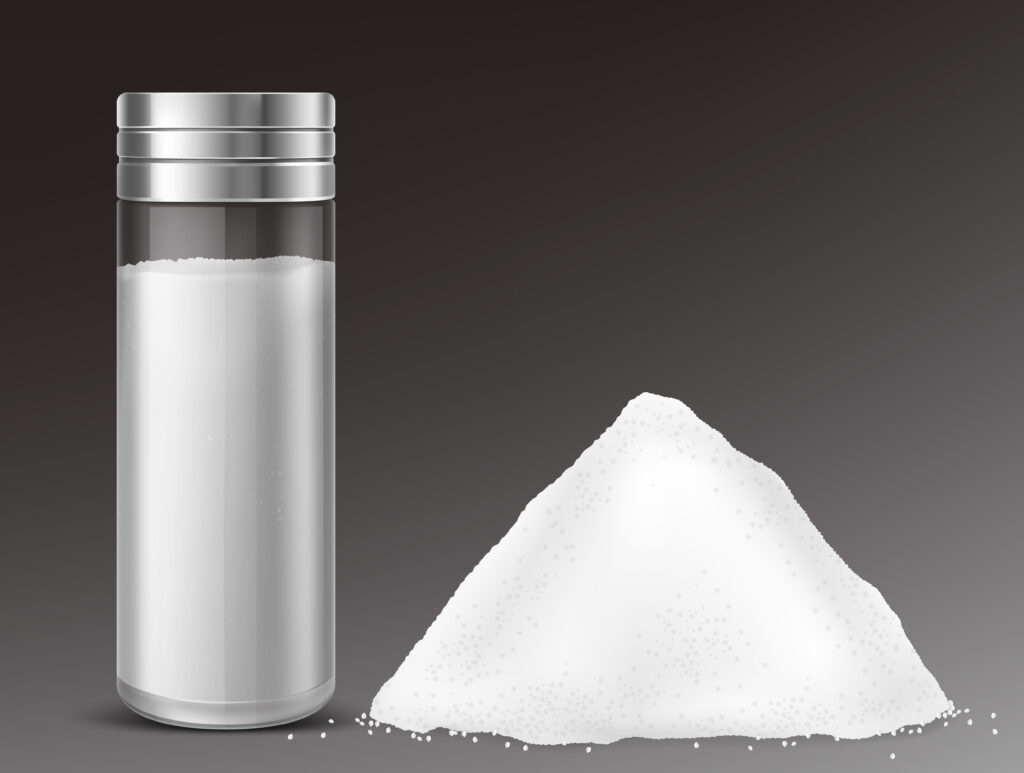
Nonylphenols, also known as nonylphenol ethoxylates (NPEs), are a group of organic compounds that are used in various industrial and commercial applications. They are members of the larger group of chemicals known as alkylphenols. Nonylphenols are characterized by a molecular structure consisting of a phenolic ring (phenol) with a nonyl (a nine-carbon alkyl) group attached.
1. Industrial Use: Nonylphenols are primarily used in the production of nonylphenol ethoxylates (NPEs), which are nonionic surfactants. These surfactants have emulsifying properties and are used in a wide range of industrial applications, including as detergents, emulsifiers in the textile and leather industries, and in the formulation of cleaning products.
2. Environmental Concerns: Nonylphenols have raised environmental concerns because they can be toxic to aquatic life and are known to be endocrine disruptors. They are persistent in the environment and can accumulate in water bodies, affecting aquatic ecosystems.
3. Endocrine Disruption: Nonylphenols have been shown to mimic the hormone estrogen in some organisms. This can lead to adverse effects on aquatic organisms, including feminization of male fish and disruption of the endocrine systems of various species.
4. Regulation: Due to environmental and health concerns, many countries and regions have implemented regulations to restrict the use of nonylphenols and NPEs. The European Union, for example, has banned the use of nonylphenol ethoxylates in various consumer and industrial products.
5. Alternatives: In response to regulatory changes and environmental concerns, industries have sought alternatives to nonylphenols and NPEs. These alternatives include more environmentally friendly surfactants and detergents.
6. Research: Research continues on the environmental impact of nonylphenols and ways to mitigate their presence in the environment. Efforts are also underway to develop improved analytical methods for detecting nonylphenols in water and sediment samples.
